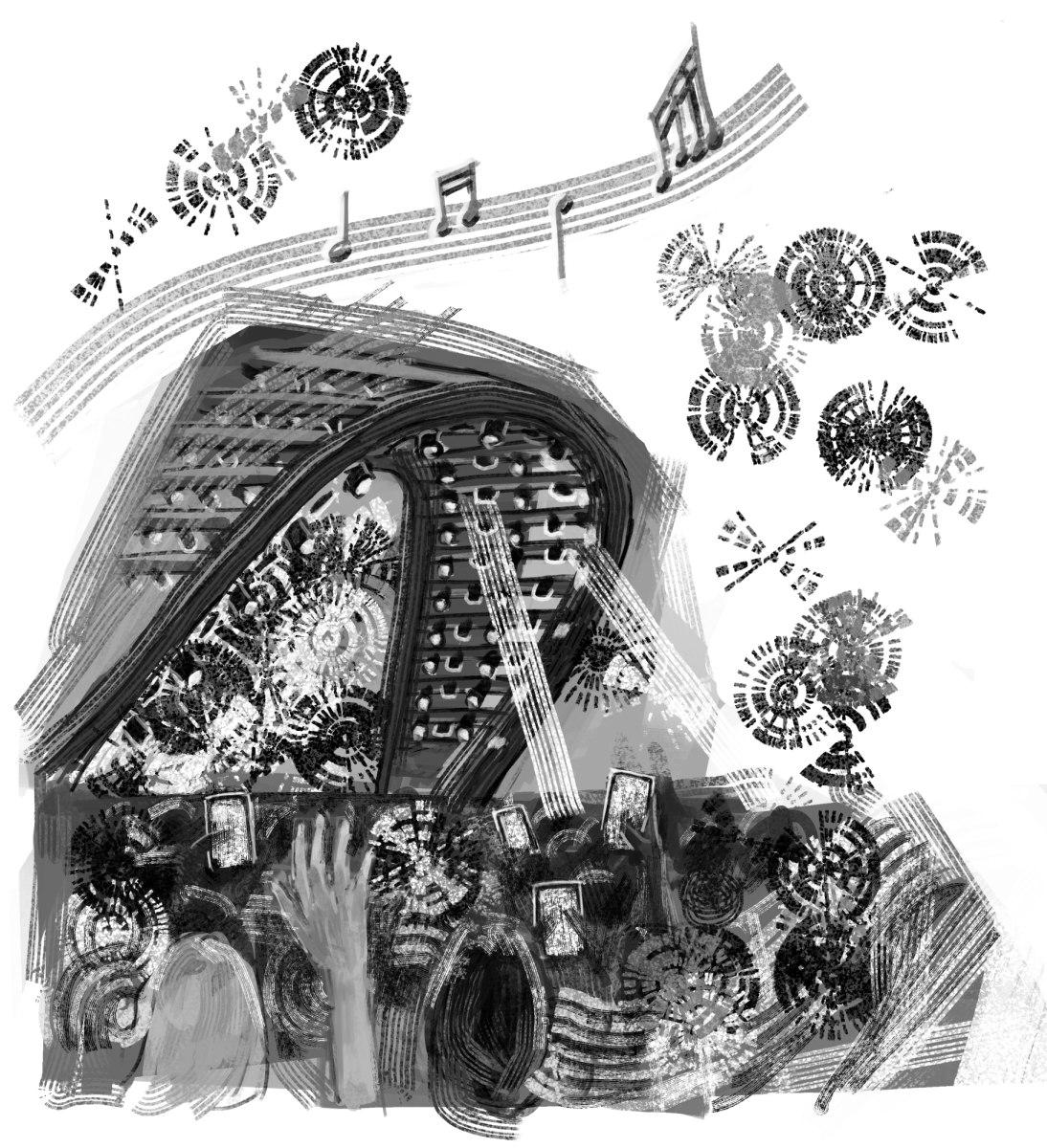“I started and I haven’t ever blinked.” Legendary National Geographic photographer Michael Nichols has captured countless wildlife images through almost 30 years of photography experience. He shows his eye for capturing wildlife across the globe in Wild, a new exhibit at the National Geographic Museum in Washington, D.C.
“This [exhibit] was a new and fresh perspective compared to pictures I had seen before. The colors were so vivid and bright, and it was truly amazing to see,” freshman Nikki Shah said. The exhibit displays over 30 photos from locations across the world. They are all nature-related, but show a wide range of subjects, from animals to trees to scientists.
“One time out there, on one of my trips, I got to what’s wild, and I looked it in the eye. And when you feel it, I don’t think you can ever go back,” Nichols wrote on his website, “Nick’s Take.” Nichols’s technique embodies determination and an eye for the wonderful wildlife on our planet, traits that have put his photos on the covers of National Geographic.
Nichols used mobile, nearly indestructible camouflaged cameras to capture dynamic photos of lions, pandas, owls, elephants, bears, and even a tiger leaping off a cliff. He also used camera traps (motion-sensitive cameras) to get photos of animals in action and up close. “One [photo] that spoke out to me was of a monkey on a caretaker’s back, [and] another one swinging in the caretaker’s arms. It signified the bond between man and animal, and it was very powerful,” Shah said.
Similarly innovative techniques captured striking full-length, canopy-to-roots photos of giant ancient California redwood trees with climbers in bright jackets hanging from their limbs. The photos were taken using suspended cameras. One photo was even taken in the winter, and the tree was covered completely in snow.
Nichols also got the opportunity to photograph Dr. Jane Goodall, a world-renowned scientist best known for her efforts to protect chimpanzees from extinction.
For viewers who want to know in-depth about each image, Nichols’s captions briefly explain his idea behind each one. “It’s important to know background and reasoning of pictures in order to fully understand them, and no exhibit displayed this more than this one,” Shah said.
The exhibit also includes a video of him describing his photography journey, how he came to work at National Geographic, and the importance of his photos. “When the Geographic does a story, it reaches so many people that you can actually effect change,” Nichols wrote.
The most impressive thing about Nichols’ photos is the variety of animals he represents, from tiny forest owls to 12,000 pound elephants. “I’m kind of on a mission,” Nichols said, “working really hard to tell their story, speaking for them since they can’t speak for themselves.”
Featured image courtesy of Grace Burwell. Wild is on display at the National Geographic Museum in Washington, D.C. until January 15, 2018. Tickets cost $12.















